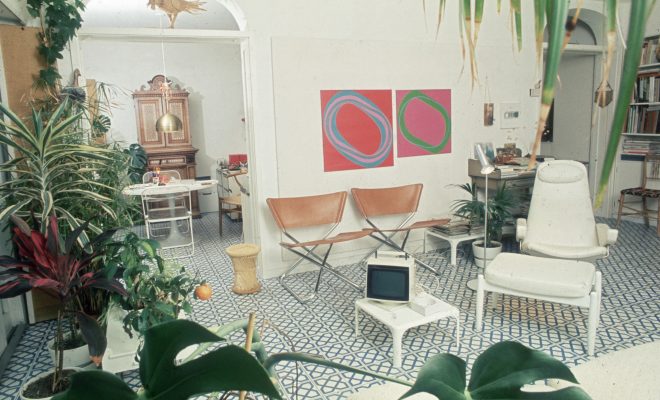Best and Worst Home Trends, According to Gen Z Interior Designer

As the Gen Z wave crashes into the design world, these digital-savvy creators are not shy about voicing their opinions on current home trends. With their preference for sustainability and a sharp eye for aesthetics that pop on social media feeds, these up-and-coming interior designers have compiled a list of the best and worst home trends making the rounds.
Best Home Trends:
1. Sustainability First: Gen Z designers are putting the environment front and center, advocating for eco-friendly furniture and decor. Upcycled materials, biodegradable fabrics, and items with a low carbon footprint are in high demand.
2. Bold Colors: This generation isn’t afraid to make a statement with color. Deep greens, rich blues, and playful pinks are preferred over neutral palettes. This trend reflects Gen Z’s desire for individuality and self-expression.
3. Multi-Functional Spaces: As the line between work and leisure blurs, these young designers are all about versatility. Furniture that doubles as storage or rooms that can transition from a home office to a yoga studio top the list of Gen Z approved designs.
4. Minimalism with Personality: While they appreciate streamlined design, Gen Z believes minimalism doesn’t have to be cold or impersonal. The incorporation of unique pieces with character transforms minimal spaces into cozy havens.
5. Tech Integration: Smart homes are here to stay for Gen Z. From smart lights to advanced home assistants, integrating technology in a seamless manner without overwhelming the living space is key.
Worst Home Trends:
1. Fast Furniture: Just like fast fashion, fast furniture is a big no for Gen Z for its negative environmental impact and lack of durability. These young consumers are more likely to invest in timeless pieces that are built to last.
2. Overly Industrial Looks: Gone are the days when stark industrial aesthetics were considered chic; Gen Z finds this trend too harsh and unwelcoming for living spaces that should feel like sanctuaries.
3. Inauthentic Vintage: While they value genuine vintage items with history, what doesn’t get approval is reproduction furniture or decor that mimics an era without any sort of authenticity.
4. Single-Use Spaces: Gen Z has little interest in rooms dedicated to just one purpose – think formal dining rooms or parlors – since these do not align with their dynamic lifestyles or the need for efficient space usage.
5. Excessive Open Floor Plans: Though they enjoy sociable living areas, complete open floor plans have lost their appeal amongst Gen Z who appreciate distinct zones offering both privacy and purpose within their homes.
In summary, Gen Z interior designers seek sustainable solutions filled with life and color while shunning transient trends that favor style over substance or practicality over personality.






